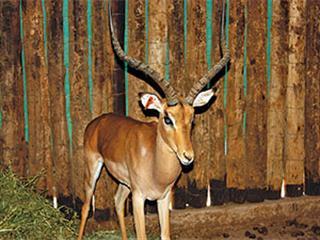The Department of Agriculture in the Western Cape is developing a near real-time crop production map. The technology will help them, producers and agribusinesses better understand crop dynamics and allow the department to better monitor production and market trends.
Johann Booysen, head of resource utilisation at the department, told delegates attending the Small Grain Development Group meeting in the Swartland that the technology will also help reduce input costs by allowing producers to make timely adjustments while helping agribusinesses improve service levels. Information obtained through the technology over the years will also help agricultural roleplayers make well-informed decisions.
The first step of the project – the establishment of a satellite base map of the Western Cape production area – has been completed. However, the implementation of the next step involves ground truthing, and this is proving problematic. Booysen explained that the time required to obtain and verify information was jeopardising the real-time ambitions of the project. Farmers have also been unwilling to disclose production information, as they feel it could compromise competition.
Also, the system will need to be verified annually as most farmers only plant on 60% of their land, while renting out the other 40%. Farms, both owned and rented, can stretch over more than one farm region, further complicating verification. The next step has therefore been changed: satellite imagery will now be used to monitor significant changes in production from April to June and again from August to November. The cost of doing this might become a limiting factor, so the next challenge will be to find financing or alternative platforms to accurately ascertain what’s being planted.
Booysen hopes that funding will be obtained soon, so that the technology can start operating from June. Otherwise it will have to be postponed by a year. – Glenneis Erasmus









